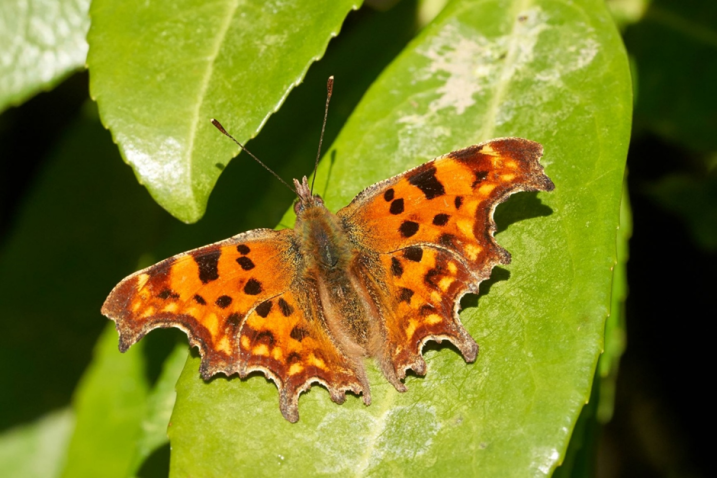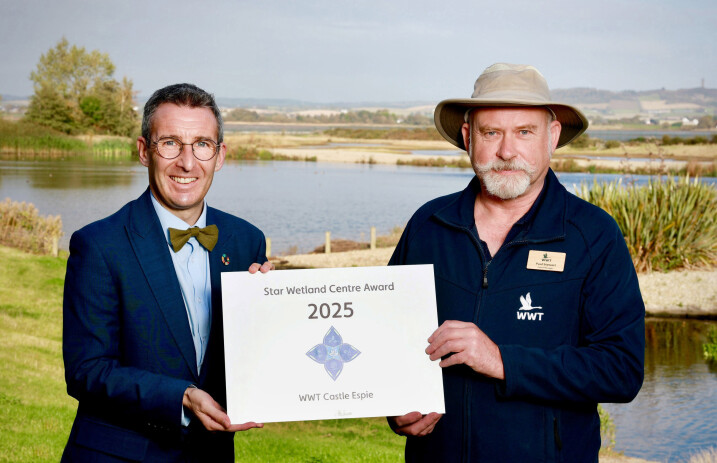International Saltmarsh Day Shines Light on Crucial Coastal Habitats
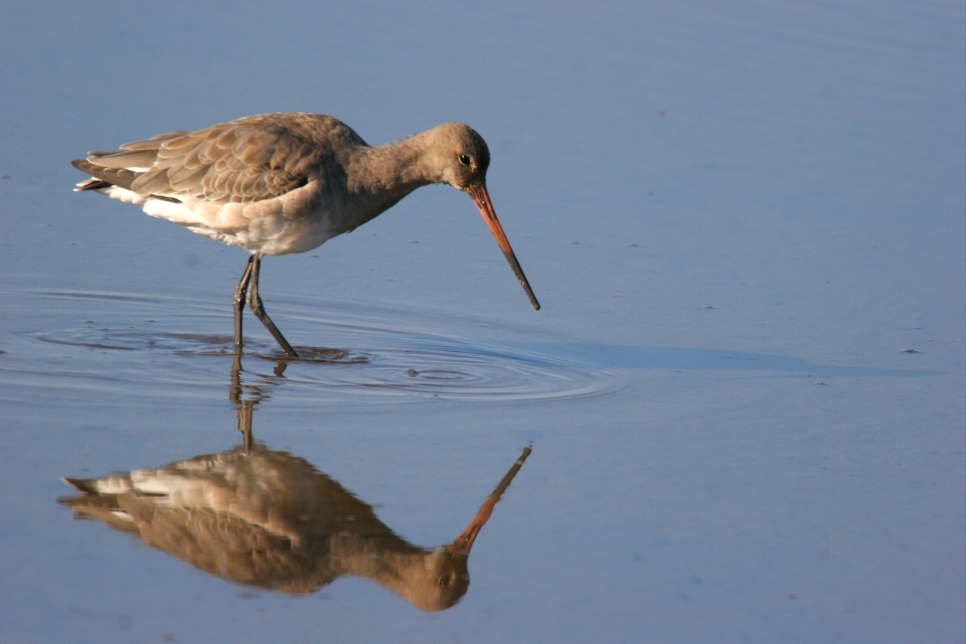
Saltmarshes
Saltmarshes form in coastal areas where layers of mud and silt are shaped by the tides. These unique habitats only develop in places which are sheltered from strong waves, allowing sediments to settle and plants to take root. The lowest parts of a saltmarsh are flooded twice daily at high tide, creating an ideal environment for a variety of marine invertebrates. Further inland where the saltmarsh is only reached by exceptionally high tides, salt-tolerant plants such as sea lavender, samphire and chord-grasses grow. When these plants decay and are covered in sediment, it locks away carbon and saltmarshes play an important role in carbon sequestration. Saltmarshes also act as natural buffers against flooding, protecting inland areas from storm surges and high tides.
In recognition of their importance, International Saltmarsh Day on 11th June is celebrated to raise awareness about these vital ecosystems and the efforts needed to protect them.
WWT Castle Espie has three saltmarsh areas, each with unique characteristics:
- Peninsula Saltmarsh: The largest and most diverse area, consisting of established and restored saltmarsh, along with tidal pools created in 2010. Cattle graze here in winter to maintain plant diversity by preventing a few grass species from taking over. It is an important habitat for wintering birds such as light-bellied brent geese and ducks. (see below)
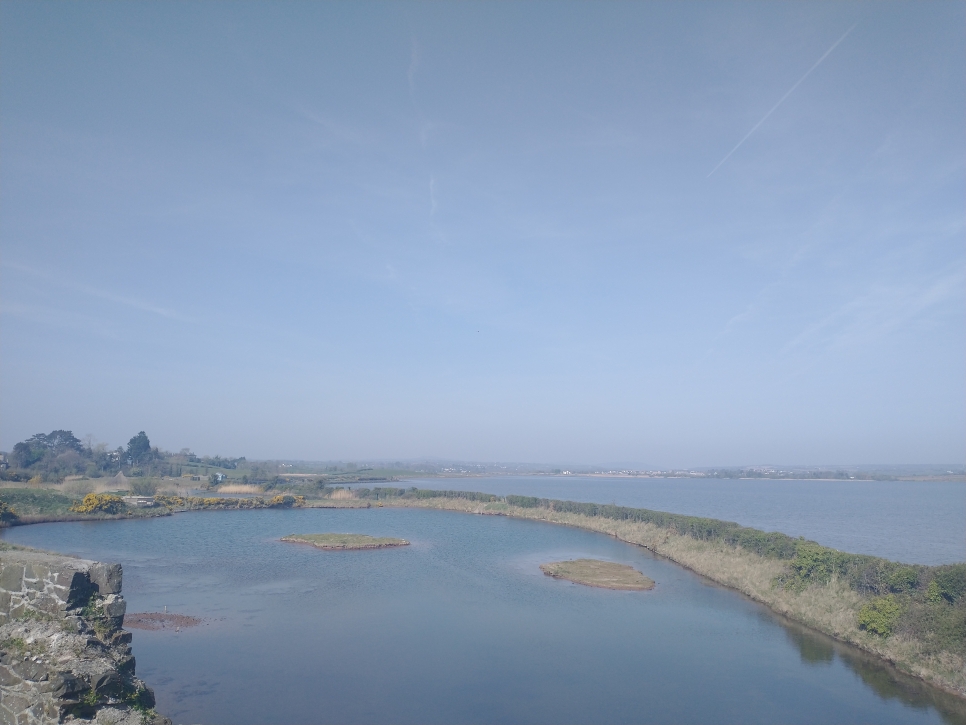
- Saline Lagoon: These lagoon islands are also saltmarsh habitats. In 2010, the Limekiln Lagoon was re-profiled to attract breeding birds such as black-headed gulls and common terns.
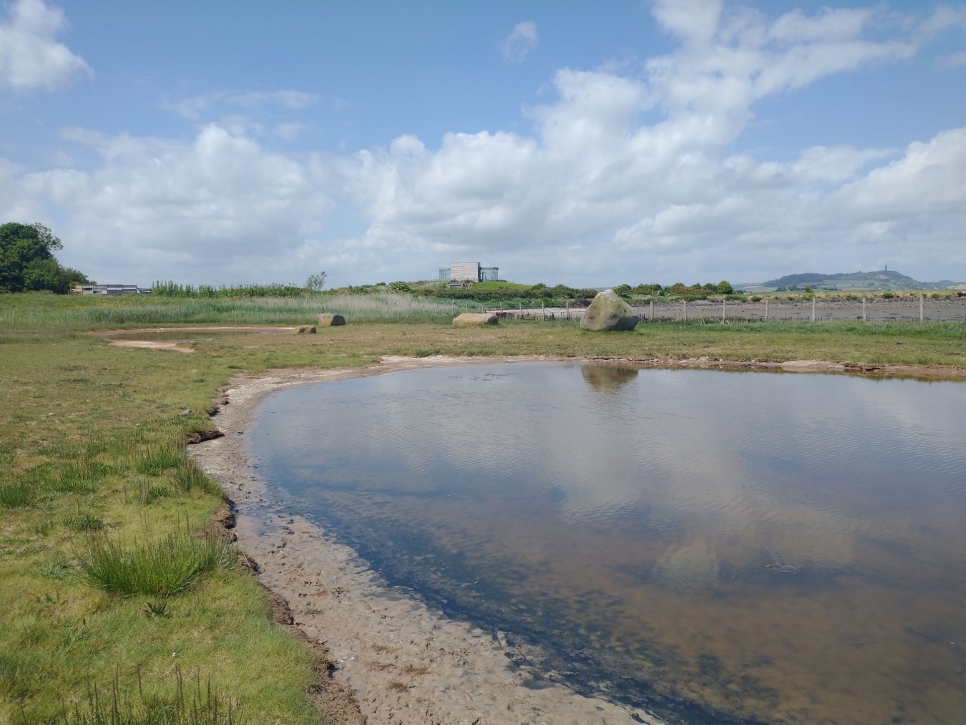
- Wader Marsh: The Wader Marsh islands were created in 2010, with saltmarsh habitat occurring on the small islands and lagoon margins. It serves as a crucial high-tide roost for wading birds like oystercatchers, redshanks, and black-tailed godwits. These birds feed on nearby mudflats at low tide and use the marsh for shelter when the tide is in. (see below)
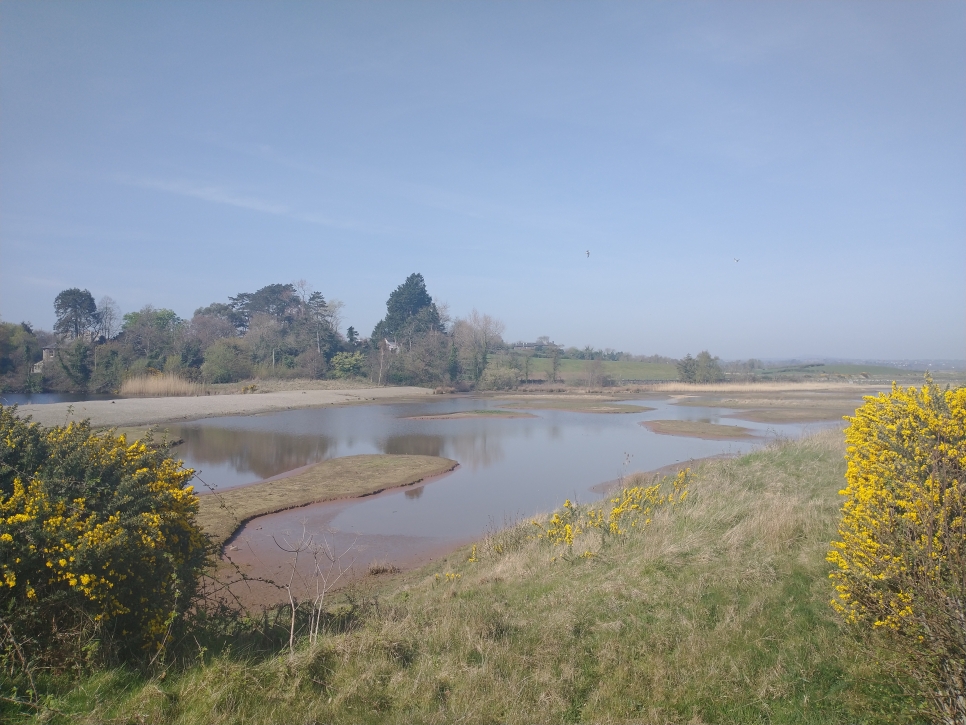
Saltmarshes have historically been lost when drained and converted into farmland. Today, they face new threats from coastal developments which prevent them from naturally migrating inland in response to rising tides. As a result, many saltmarshes are at risk of being submerged and eroded. However, there is hope. Saltmarshes can form naturally if they are given space to expand and the right environmental conditions are in place. The WWT’s ongoing work to protect and restore saltmarshes ensures that these rare ecosystems can continue to store carbon, reduce flood risks, and support a wide range of endangered and specialised wildlife.

